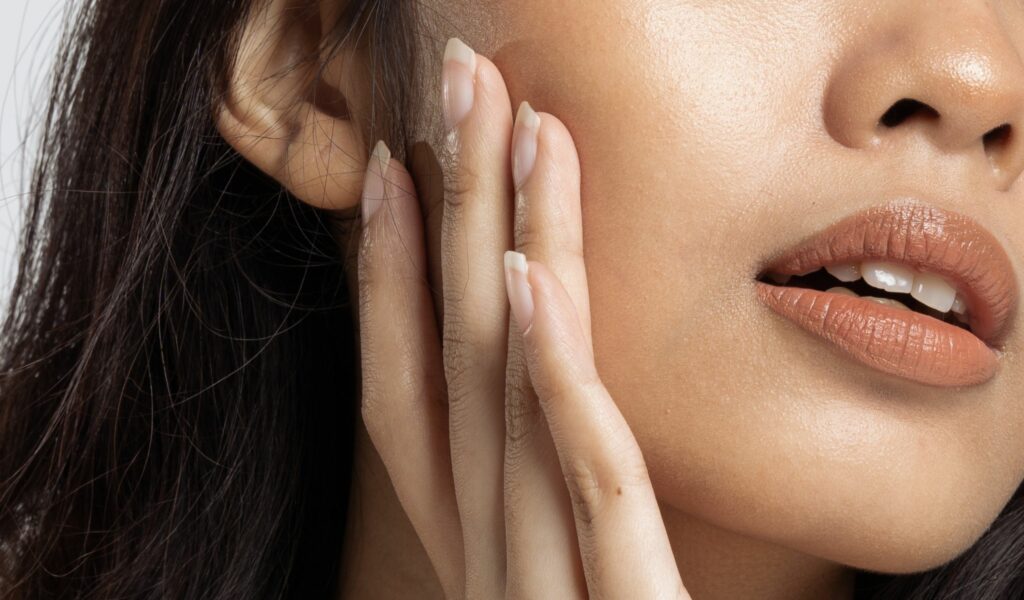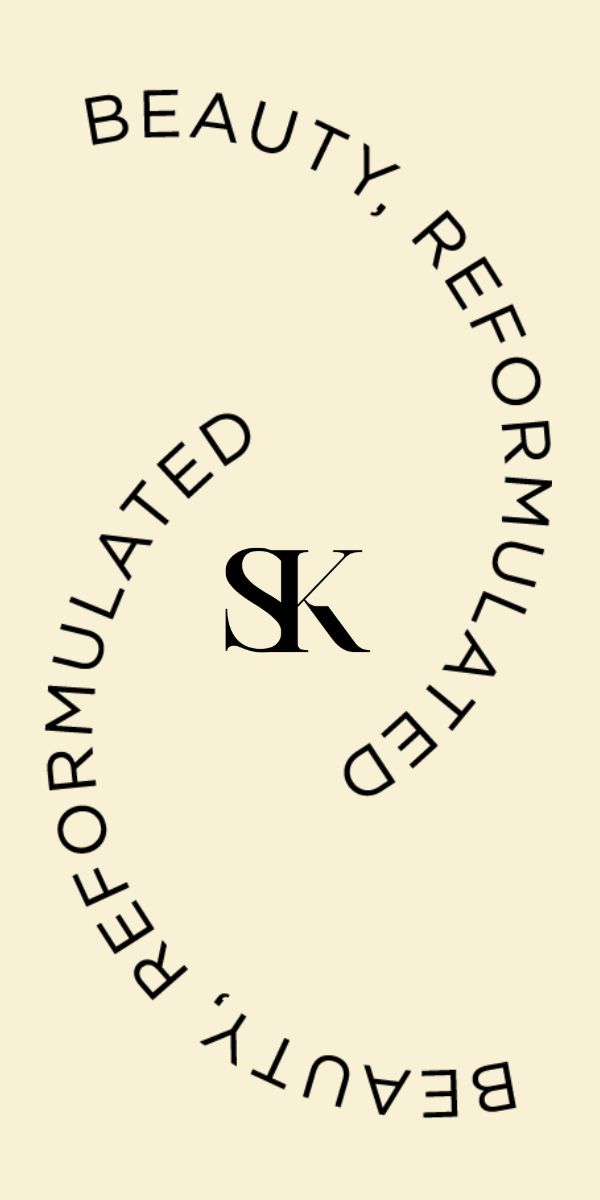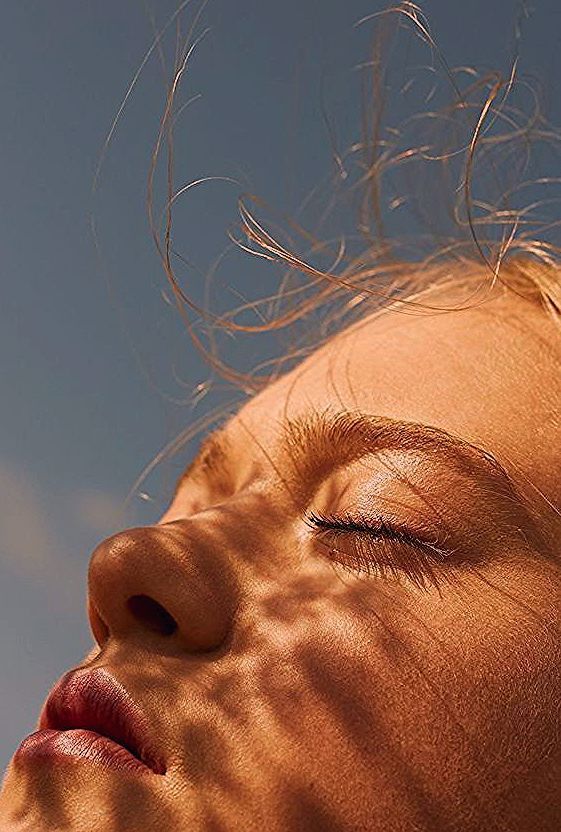
- What is retinol?
- Why is retinol good for the skin?
- How much retinol should you use?
- How to use retinol for beginners
- Can I mix retinol with vitamin C?
- Can I use retinol during the day?
- What retinol concentration should I use?
- How long does retinol take to work?
- What should I do if retinol causes skin irritations?
- Best retinol products to use, from beginner to expert
Love or loathe it, retinol is still the gold standard for addressing skin concerns like premature ageing, wrinkles, sun damage, acne, pigmentation and more.
But there is a fine line between using it safely and irritating the hell out of your skin because you jumped in too quickly. While retinol might sound frightening at first – the horror stories of stinging, rashes, redness and excessive pilling certainly don’t help – it doesn’t have to be scary. The key is to take things slow. Very slow.
So whether you’re a seasoned user in need of a knowledge refresh or simply curious to know what all the fuss is about, this beginner’s guide for retinol is here to help you on your skincare journey.
What is retinol?
Let’s start with the basics. Retinol is known as a Vitamin A derivative, and part of the retinoid family. This is an incredibly large family tree, with each of them offering different levels of strength:
Retinoic acid
The strongest form of retinoid. It’s also commonly known as tretinoin and Retin-A. To get the anti-aging benefits, vitamin A derivatives need to be converted into retinoic acid before it gets absorbed into the skin.
Due to its high strength and fast absorption, a prescription is required to use it. Some brand names that come to mind include Stieva-A and Retrieve.
Retinal & Retinaldehyde
Think of this as the mid-level retinoid – it’s a step up from retinol, but not as strong as retinoic acid.
Retinal and retinaldehyde require 1 step to convert to retinoic acid. While it might take a little longer to work its magic, it’s less irritating than retinoic acid. You’ll often find this ingredient in higher-end brands like MediK8, Paula’s Choice and Osmosis Skincare to name a few
Retinol
Known as pure vitamin A, it’s the most common form available on the market. It requires 2 steps to convert to retinoic acid and is typically less potent. However, it’s much less irritating, making it a great starting point if you’re new to retinol.
Granactive retinoid
Another name for this is Hydroxypinacolone Retinoate. As a synthetic retinoic acid ester, this type does not need to be converted to tretinoin to be active. Studies have shown it’s much gentler than retinol, and because it’s combined with a solvent, skin absorption and tolerability are greatly enhanced.
Retinyl retinoate
This retinoid is created by attaching retinol to retinoic acid. As a result, the molecule is more stable and active, allowing you to reap the anti-aging benefits without much irritation. Like its siblings, retinyl retinoate has to be converted, but in the first step, the molecule breaks to become retinoic acid and retinol.
Retinyl acetate, retinyl palmitate, retinyl linoleate
Less commonly known retinoids. These take 3 steps to convert into retinoic acid.
Adapalene
Also known as Differin, it often comes in small concentrations and is mainly used to treat acne rather than ageing.
Why is retinol good for the skin?
There are plenty of reasons why retinol is the superstar of skincare. It’s an all-rounder that packs a punch on all fronts, with multiple studies that confirm and support its benefits.
The benefits of retinol include:
- Reduces sebum production
- Increases cell turnover which removes excess dead skin for a smoother skin surface helps fade pigmentation, and dark spots and clear your pores
- Stimulates skin’s natural collagen for firmer-looking skin
- Reduces the appearance of fine lines and wrinkles
- Reverses the effects of sun damage
How much retinol should you use?
In terms of amount, it’s recommended to use a pea-sized amount for the whole face. Do not slather a generous layer of retinol onto your skin straightaway. It will only lead to severe irritation.
In terms of per week, start with 1-2 times per week, increasing the frequency of use every 2-3 weeks until you’re using it daily.
That said, it’s not essential to use retinol daily to get the anti-ageing benefits. Observe how your skin reacts over time, and if it gets irritated with daily use, reduce its frequency.
How to use retinol for beginners
If you’ve never used retinol before, it’s best to ease your skin into it.
There are two ways to approach this:
The first is to follow what’s mentioned above. Start with 1-2 times per week, increasing the frequency every 2-3 weeks.
The second method is the ‘sandwich’ method. After washing your face, apply a thin layer of moisturiser to the skin. Then apply a pea-sized amount of retinol on top of that. Finally, apply another layer of moisturiser on top of the retinol to ‘sandwich’ it. Doing this slows down the absorption of the retinol, but it greatly decreases possible irritation from the retinol.
Can I mix retinol with vitamin C?
No. Mixing the two ingredients has not only been shown to reduce each of their potencies, but it also increases irritation, redness and sensitivity.
Can I use retinol during the day?
Nope. We can’t force you not to use it during the day, but you really shouldn’t. Retinol can make your skin more sensitive to the sun, so leave it for the night and always use sunscreen during the day.
What retinol concentration should I use?
0.01% to 0.03% is considered low strength. This is good if you’re a beginner, have never used retinol before or have a sensitive skin type.
0.03% to 0.3% is considered moderate strength. Great for those familiar with retinol and want to take it up a notch.
0.3% to 1% is considered high-strength retinol. Only opt for this once you’re experienced in using retinol.
With prescription retinoid, you’ll often find it in these concentrations:
- 0.25% – Low strength
- 0.5% – Mid strength
- 1% – High strength
How long does retinol take to work?
This is dependent on the concentration and frequency of use. Tretinoin usually takes up to 3 months to see noticeable results. Meanwhile, retinol can take up to 6 months. Stay consistent and be patient!
What should I do if retinol causes skin irritations?
It happens to the best of us. Even if you follow all of the steps above, your skin might still get irritated. If this happens to you, take action fast by following these tips:
- As soon as the skin feels tight, uncomfortable, or has excessive peeling, stop all use of the retinol
- Remove any products in your skincare routine that has active ingredients like glycolic acid (AHA), salicylic acid (BHA) etc.
- Opt for hydrating and gentle products to restore your skin barrier
- When skin is back to normal, ease the retinol back in slowly



